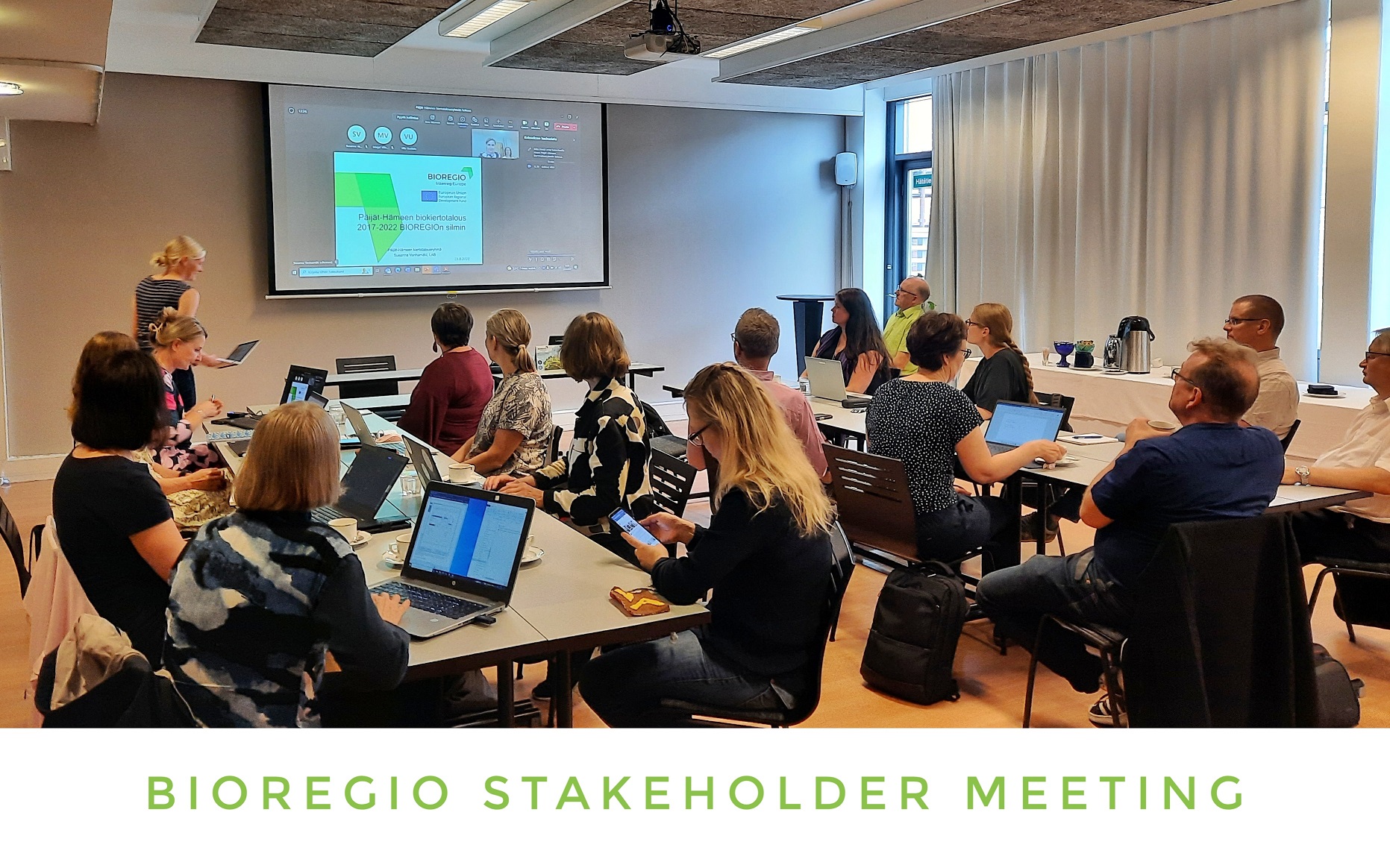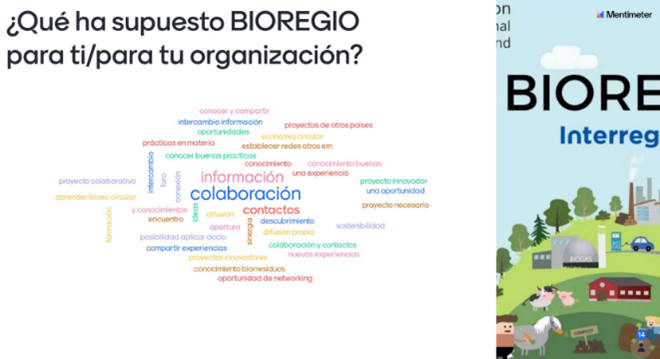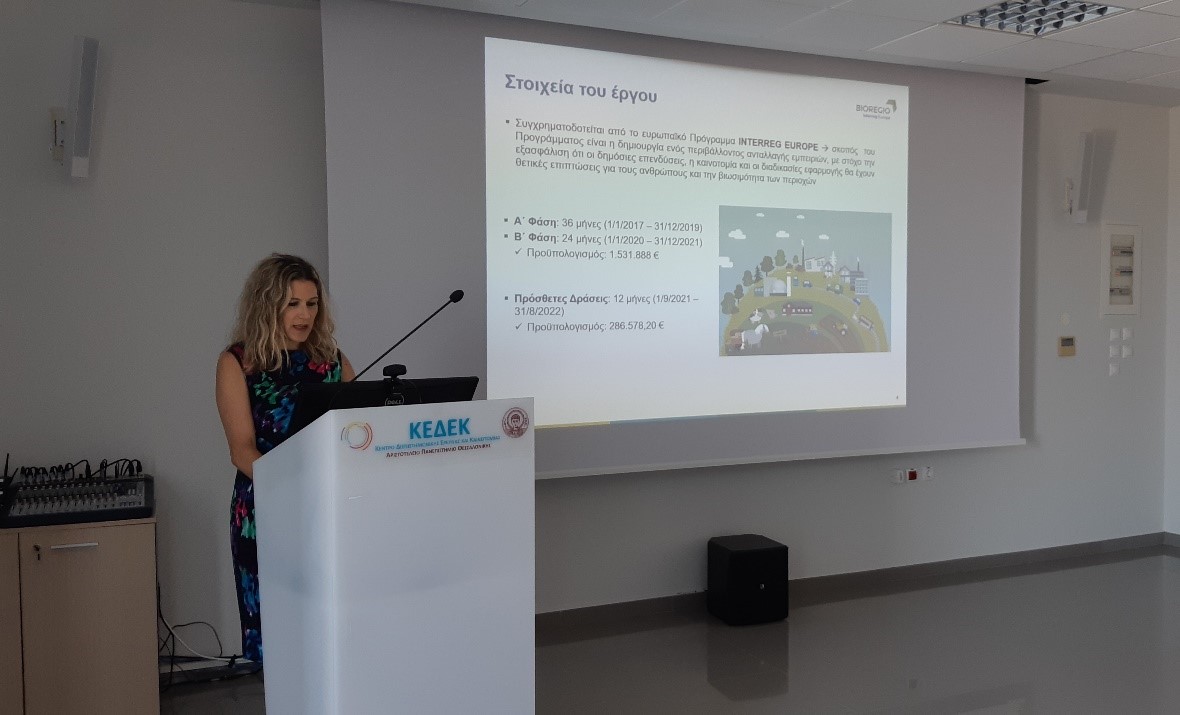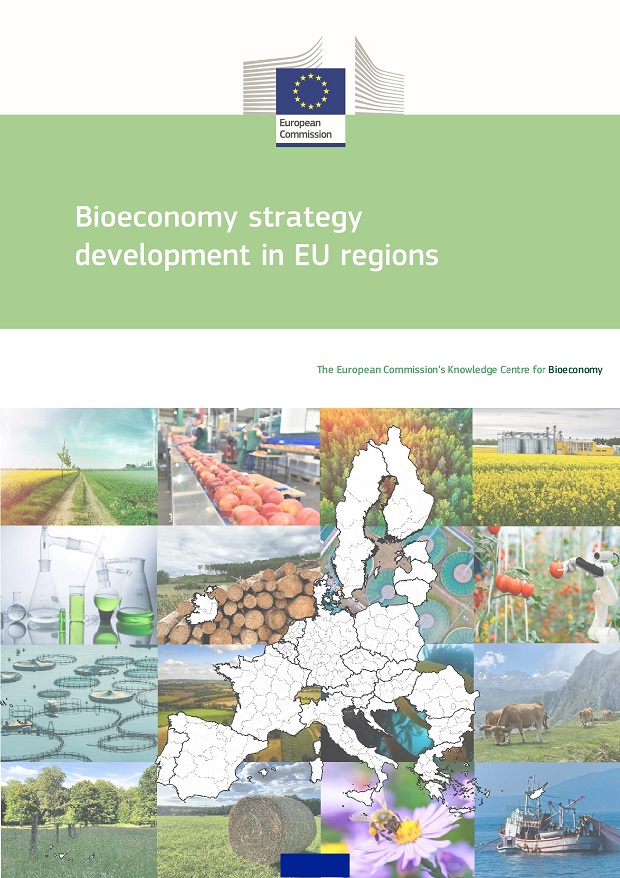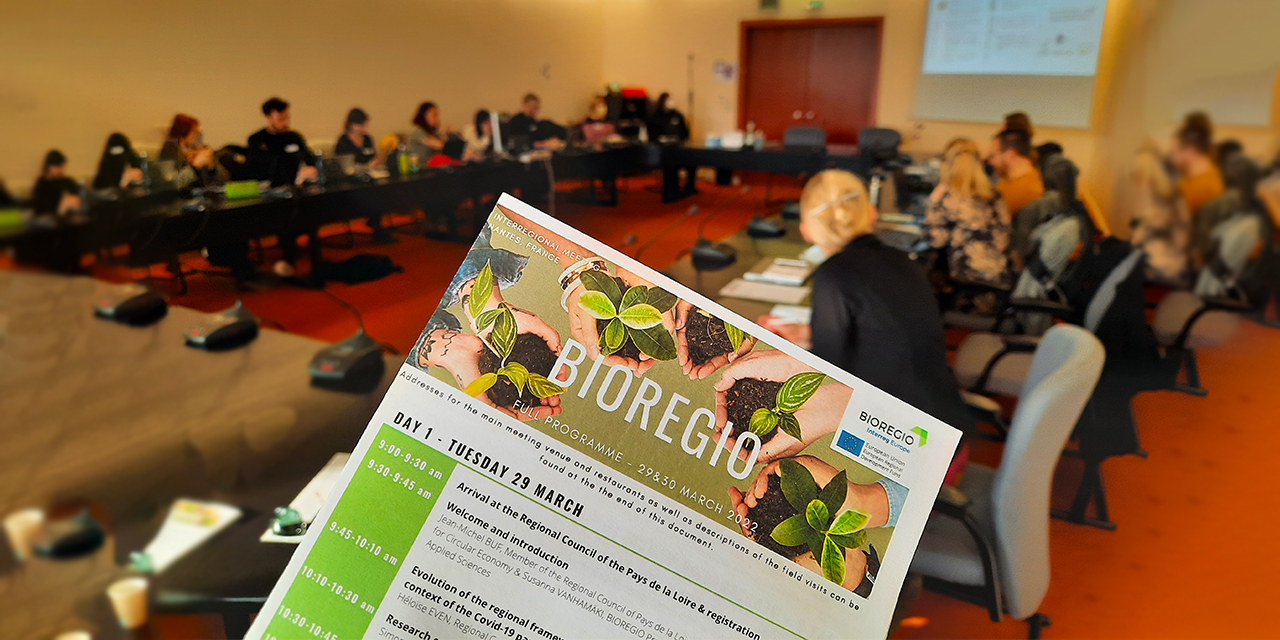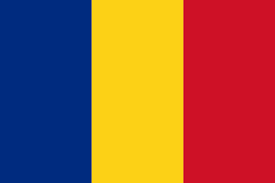Defining food waste is not an easy task. The Food and Agriculture Organization (FAO) distinguishes between food losses and food waste. Food waste refers to “the discarding or alternative (non-food) use of food that is safe and nutritious for human consumption” (FAO, 2019). On the other hand, the 2008 Waste Framework Directive includes the term food waste within the biowaste definition as “biodegradable garden and park waste, food and kitchen waste from households, restaurants, caterers and retail premises, and comparable waste from food processing plants” (European Commission, 2008).

Defining food waste is a challenge. Photo: Oona Rouhiainen
Wasting food is not only an ethical and economic issue but it also depletes the environment of limited natural resources. Reducing food waste can help towards the goals of the United Nations Sustainable Development, Goal 12.3, where countries are committed to halve per-capita food waste generated at retail and consumer levels and to decrease food waste along the food supply chain by 2030 (Corrado and Sala, 2018). Food is wasted in many ways (FAO, 2019):
- Fresh produce that deviates from what is considered optimal in terms of shape, size and colour, for example, is often removed from the supply chain during sorting operations.
- Foods that are close to, at or beyond the “best-before” date are often discarded by retailers and consumers.
- Large quantities of wholesome edible food are often unused or leftover and discarded from household kitchens and eating establishments.
Comparison of six EU countries
This communication presents the responses to a questionnaire addressed to selected European regions from Finland, Spain, Slovakia, Greece, Romania and France. In these six regions, which cooperate in the Interreg Europe financed project BIOREGIO, a preliminary study on food waste quantities generated and source-separated on the regional and national level was carried out.
The responses received showed a well-documented lack of precise statistical data both on regional and national levels for almost all the participants. Moreover, a lack of EU wide common methodology on gathering and reporting food waste data is prevalent. Indicatively, on the question concerning the food waste generation per capita and year on country level the quantities range from 186,06kg/cap*yr for Spain to 52,27 kg/cap*yr for Slovakia and 129 kg/cap*yr in Romania, while for France it is only 29 kg/cap*yr counting only domestically produced food waste and 155 kg/cap*yr if the whole chain is accounted for. For Greece, the generated food waste is reported to be 520 kg/cap*yr but this includes also biowaste (e.g. garden trimmings) while in Finland there is no reliable information available. A significant variation to the responses was also observed on regional data. For the Region of Päijät-Häme in Finland, 32 kg/cap*yr of food waste are reported to be generated while for the Region of Castilla-La Mancha in Spain the same figure is 154,2 kg/cap*yr and for the Nitra Region in Slovakia, the figure stands for 82,36 kg/cap*yr.
It is evident from the above that there is a gap in the methodologies to gather and report reliable food waste data in EU level. Such a common methodology could allow for the development of effective national and regional policies to prevent food waste generation.
This article was originally published in the LAMKgreen blog on 13.06.2019: http://blogit.lamk.fi/lamkgreen/en/investigation-of-food-waste-production-in-selected-european-regions/.


